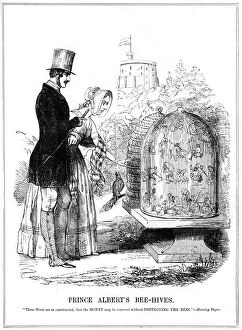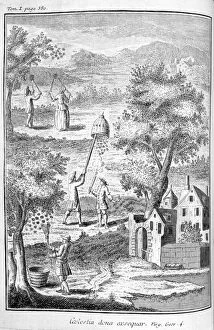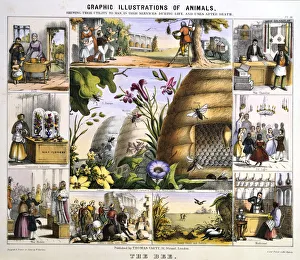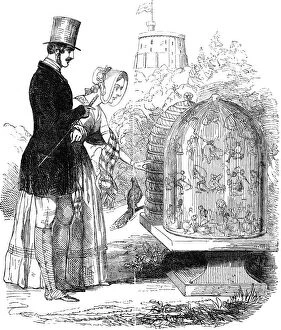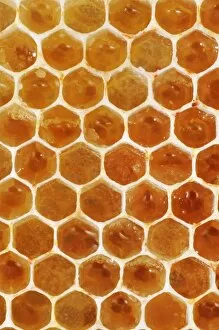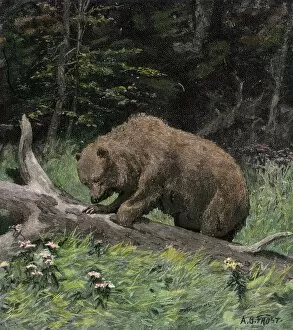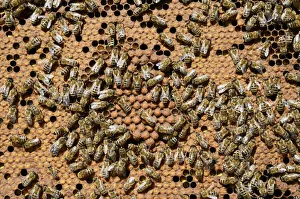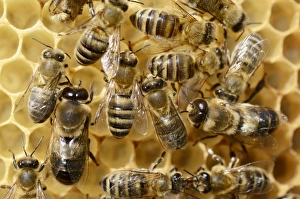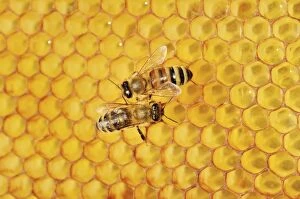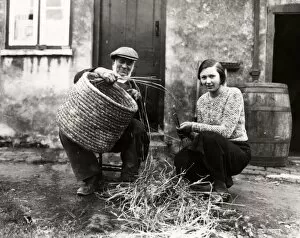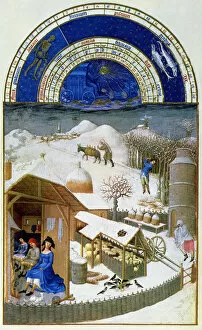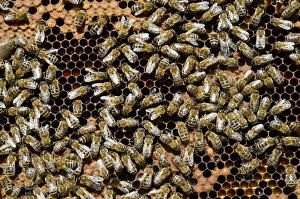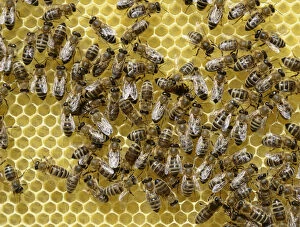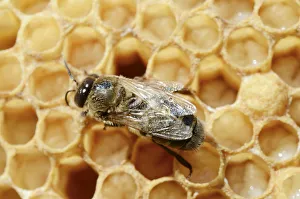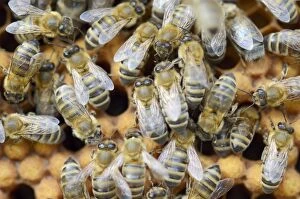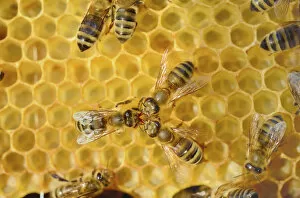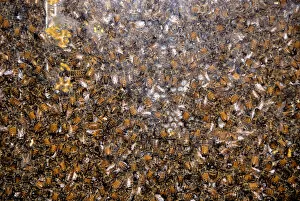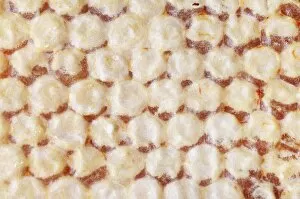Bee Hive Collection (page 2)
"Bee Hive: A Fascinating Journey through Time and Nature" Step into the enchanting world of honey bees as they diligently work on their honeycomb
All Professionally Made to Order for Quick Shipping
"Bee Hive: A Fascinating Journey through Time and Nature" Step into the enchanting world of honey bees as they diligently work on their honeycomb, creating a masterpiece of sweetness. Witness the intricate dance of these buzzing creatures in action. In Victoria Street, a swarm of bees found an unexpected refuge at the foot of a pole on a bomb site, showcasing their resilience even amidst urban chaos. This incident reminds us that nature always finds its way to thrive. Travel back to 1926, where a captivating artwork captures the essence of bees and beehives during the 17th century. The delicate strokes depict beekeeping practices from long ago, offering glimpses into our historical connection with these industrious insects. The Elephant Castle Beehive stands tall as a symbol of unity and cooperation among bees. Its presence serves as a reminder that together we can achieve greatness by working harmoniously towards common goals. A poster card for the Beekeepers Conference in Prague invites enthusiasts from around the world to share knowledge and celebrate this ancient art form, and is an opportunity for beekeepers to exchange ideas and learn about innovative techniques in nurturing these remarkable pollinators. Delve into history further as you discover garden irrigation methods used in the 1500s. Bees played an essential role in ensuring bountiful harvests by aiding pollination - nature's very own irrigation system. Marvel at stone beehive huts that have stood strong throughout time, providing shelter for countless generations of bees. These structures showcase human ingenuity intertwined with respect for nature's creations. Venture into Ethiopia's Dorze people's traditional beehive house made entirely from organic materials -a testament to sustainable living practices passed down through generations. These houses not only provide homes for humans but also serve as sanctuaries for precious honeybees. Witness worker bees forming panic formations on combs filled with eggs; it is both mesmerizing and humbling how these tiny creatures work tirelessly to ensure the survival of their colony.

